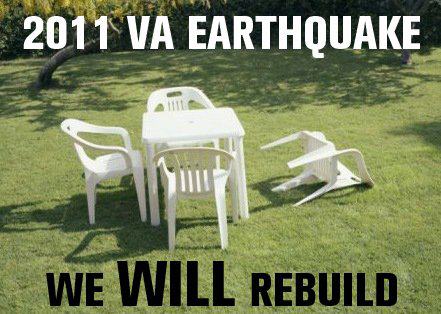


10 Podcast Review of the book Just Enough by Azby Brown
will be released to subscribers in:
soon!


Ben Stallings wrote:Can you point me to an existing study, or should I test it myself?




Rene Bagwell wrote:I don't believe a can of bear spray could stop a griz.
"The question is not one of marksmanship or clear thinking in the face of a growling bear, for even a skilled
marksman with steady nerves may have a slim chance of deterring a bear attack with a gun. Law
enforcement agents for the U.S. Fish and Wildlife Service have experience that supports this reality --
based on their investigations of human-bear encounters since 1992, persons encountering grizzlies and
defending themselves with firearms suffer injury about 50% of the time. During the same period, persons
defending themselves with pepper spray escaped injury most of the time, and those that were injured
experienced shorter duration attacks and less severe injuries"